#alberto santos-dumont
Explore tagged Tumblr posts
Text
Milestone Monday


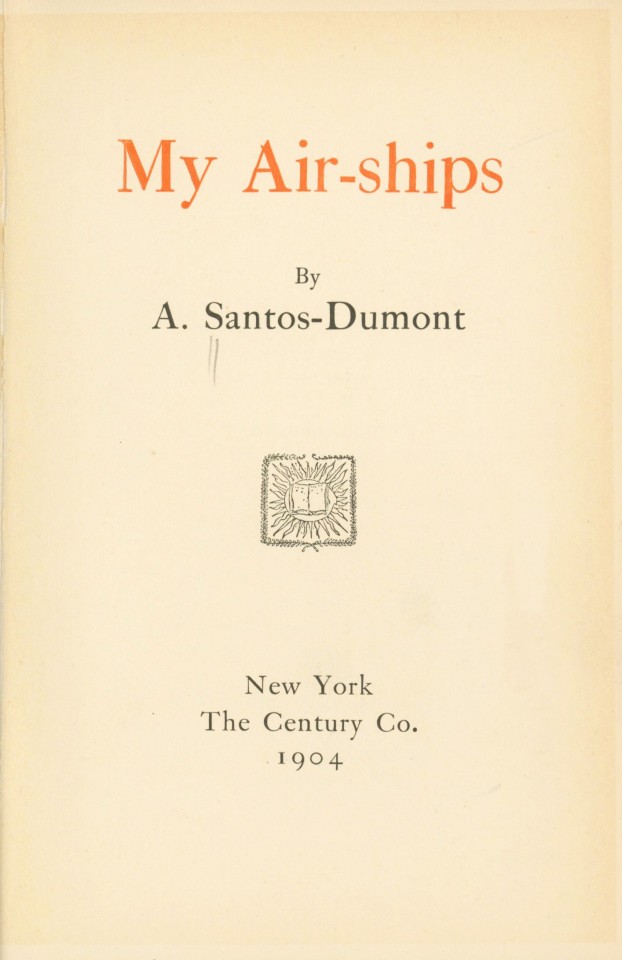
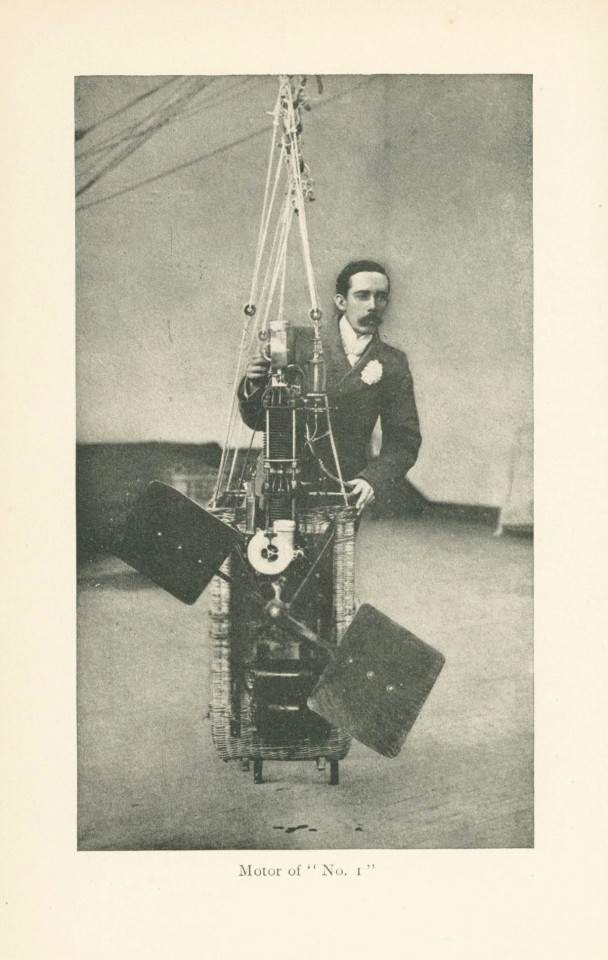
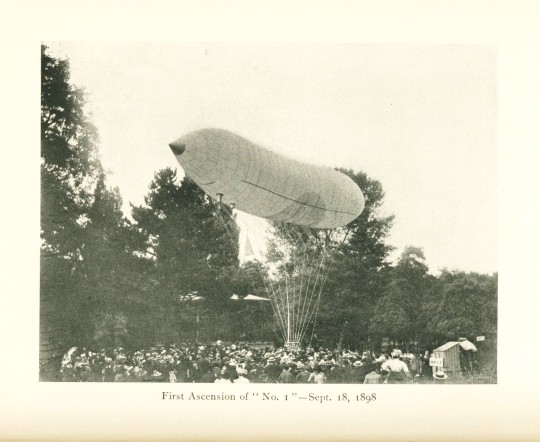
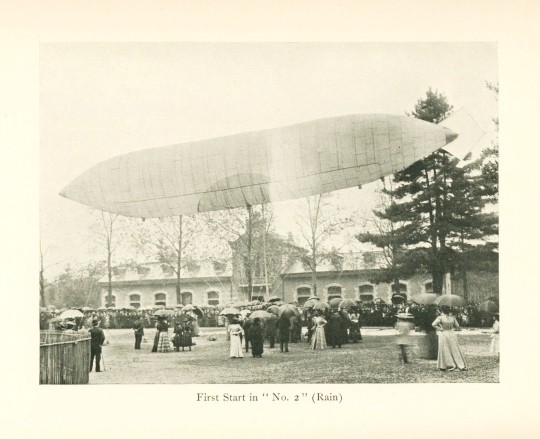



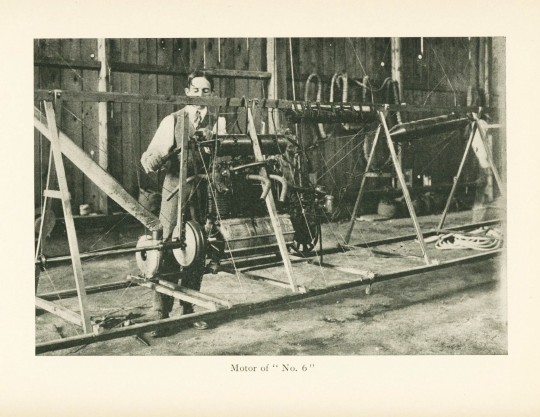
On this day, October 23, 1906, aeronaut Alberto Santos-Dumont (1873-1932) flew his biplane 14-bis for 50 meters at an altitude of about four meters. 14-bis, also known as Oiseau du Proie or “Bird of Prey,” was a powered heavier-than-air machine that took off unassisted by an external launch system at the Bagatelle Gamefield in Paris. This was one of the first heavier-than-air flights certified by the Aeroclub of France and recognized by the Fédération Aéronautique Internationale.
In celebration of this momentous shift within aerodynamics, we are exploring Santos-Dumont's earlier flights through his autobiography My Air-Ships published in New York in 1904 by The Century Company. Santos-Dumont's first experiments with flight were conducted in lighter-than-air balloons, oblong shaped and filled with buoyant gas. He conveniently named them numerically No. 1- No. 10 and kept detailed records of the successes and failures of each balloon.
Most notably was Santos-Dumont's flight No. 6 in 1901 when he flew around the Eiffel Tower. The flight took 29 minutes and 30 seconds and awarded him the Deutsch Prize. The flight is heavily documented in his autobiography along with all of Santos-Dumont's lighter-than-air designs and airships.
My Air-Ships features a lovely publisher's binding, is a gift of George Hardie, and is part of the George Hardie Aerospace Collection at UW-Milwaukee.
View other Milestone Monday posts.
– Jenna, Special Collections Graduate Intern
#milestone monday#milestones#alberto santos-dumont#biplane#my air-ships#airships#deutsch prize#the century company
90 notes
·
View notes
Text
Hard Luck Inventors
Sometimes, as with the likes of Thomas Edison or Henry Ford (Ford did not invent the automobile, but he did invent the assembly line), inventors have their reputations extolled and even exaggerated by historians (W.K. Dickson deserves half the credit for Edison's motion picture invention, for instance).
Other inventors, however, indisputably contributed greatly to human knowledge and technology, yet are remembered only in limited circles, both in their own time, and today.
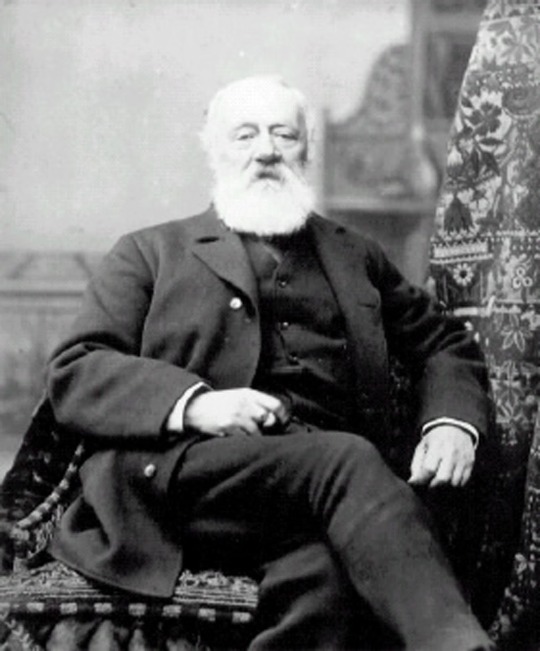
If "invention" refers to a concept more than to a physical object, then invention of the telephone should be credited partly to the man above, Italian-American Antonio Meucci.
Although he undoubtedly built experimental telephones capable of communicating within a household, Meucci had two obstacles that had nothing to do with his genius: A lack of money, and limited knowledge of the English language.
Thus, he could not afford a caveat, a claim that, under patent law in the USA at the time, would have forbidden rival inventors from patenting a telephone for a period of time, as a caveat cost the then very hefty sum of $20 (substantially over $500 in today's money), and as patent offices (then) had few Italian speakers, Meucci had another stumbling block.

Elisha Gray could have commiserated with Meucci better than anyone else, as he developed the concept for a type of liquid transmitter, the key idea for the building of a practical telephone, but later discovered that Alexander Graham Bell, Bell's attorney, or both, had some highly irregular dealings with the patent office that made it appear to be all Bell's idea.
Given that Meucci built telephones for internal household communications, as Bell later did, and Bell's means of making the telephone practical was directly lifted from Gray's caveat, one could credit Meucci, one could credit Gray- personally, I would credit both- but one fact is clear: Alexander Graham Bell did not invent the telephone, but merely profited from the ideas of others.
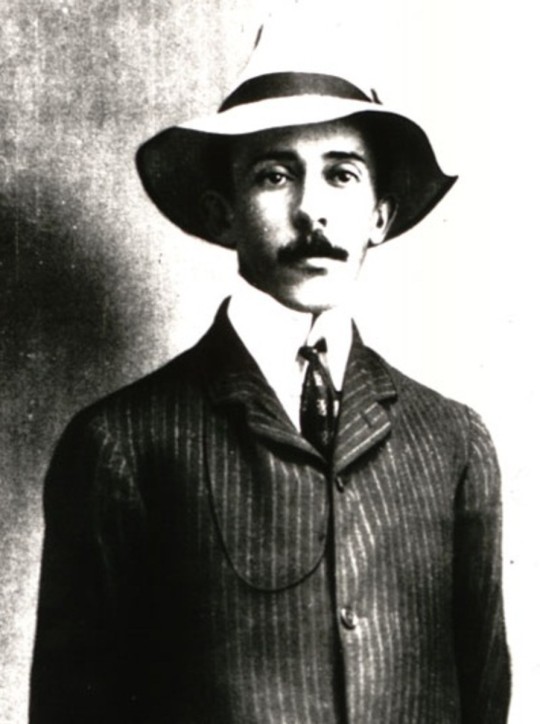
Did the Wright Brothers invent the airplane? The answer is a definite "sort of". You see, they needed rails (as in trains) and a derrick to put the plane in the air, hardly part of modern, practical aviation technology.
By contrast, Brazil's Alberto Santos-Dumont was the first person to construct an airplane that need no such assistance to achieve sustained, guided flight, in 1906. Yet national boundaries prevented anything in the nature of a patent dispute.
At a minimum, Santos-Dumont should share credit for the airplane with the Wright Brothers, but sadly, few outside Brazil know of him today, and in 1932, he ended himself, depressed over the use of his own technology in warfare.
In conclusion, while we cannot right the wrongs of the past, we history enthusiasts can, even if posthumously, today give credit where it is actually due, including to the above three men.
For good measure, here is a photograph of Alberto Santos-Dumont's 1906 airplane, possibly the first "practical" one, in flight, on November 12 of that year:
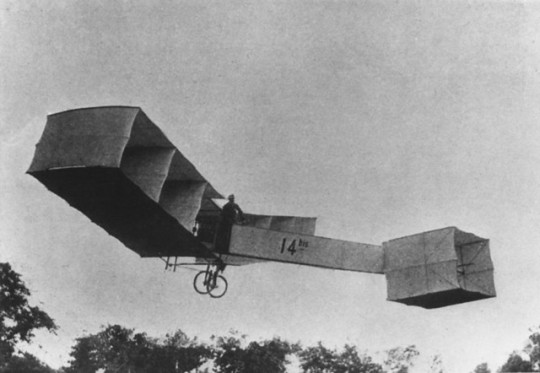
#invention#inventor#history#historical#telephone#Antonio Meucci#Italian#photography#beard#Victorian#Elisha Gray#patent#caveat#law#black and white#Alberto Santos-Dumont#Brazil#airplane#flight#tw: suicide mention
2 notes
·
View notes
Text
Totally Youthful Tuesday

Okay, we humans are just… either crazy, or crazy awesome. In the early 20th Century there was an aviation prize called the Deutsch Prize. Someone had to pilot a balloon from Paris’ Aero Club, around the Eiffel Tower and back to the club in 30 minutes or less. This book is about Alberto Santos-Dumont and his quest to do this challenge.
It starts with his childhood and his life up to October 19, 1901 when he was in his Airship No. 6 trying to make the trip, and then… his motor stopped mid air…
The story was one that I had no clue about, and it was done so well in this nonfiction picture book. And, the art, of Paris and of the story it self was amazing.
You may like this book If you Liked: The Flying Man by Mike Downs, Wilbur Wright Meets Lady Liberty by Robert Burleigh, or The Flying Girl by Margarita Engle
A Dream of Flight: Alberto Santos-Dumont’s Race Around the World by Jeff Polivka
#totallyyouthfultuesday#nmlRA#nevins memorial library#a dream of flight#alberto santos-dumont's race around the eiffel tower#rob polivka#jeff polivka
5 notes
·
View notes
Text
Hello tf2 nerds, i came here today to spread my message about we start hedcanoning changing the 1850's spy, that is not only a racist caricature but also the only character not based from a real historical figure, and to Santos Dumont and yall are going to understand why:


Firstily, Alberto Santos Dumont was a very important brazilian inventor, specially in the avionary field, creating hot air ballons and flying machine models (and even a debate about him being the creator of the airplane instead of the wright brothers that i wont get so further.... *blinks my brazilian eyes*)
Do you guys know what else he helped inventing? Wristwatches. The very same object that spy uses to cloak himself on the battles, isn't it? Do you guys get were i'm getting?
Tried my best in editing him there

"Mr Hale contracting me saying im going to revolutionate the espionage setor"
"Me who just made a watch that makes you invisible to prank with the Wright brothers"

(Bonus, Dumont create a clock that makes you invisible only and the Wright brothers made one that only makes you desguise as other ppl so the debates over who invented it first are also existent(it was Santos Dumont i am brazilian and very partial about this))
Anyway thats all thank you for your atention


24 notes
·
View notes
Video
youtube
Was Alberto Santos-Dumont the Real Inventor of the Airplane?
6 notes
·
View notes
Text

And now you're going backwards.
The Wright Flyer flew - not very well, but it flew - in 1903. The Flyers II and III both flew, with increasing success, by 1905, and though they were set up to use a catapult system for launch, the III was capable of taking off without one, given sufficient headwind.
Santos-Dumont, though he had been pioneering in lighter than air aircraft for years, did not fly his 14-bis publicly until late 1906.
In 1905, Wilbur Wright made a 38,900 m powered flight.
In 1906, Santos-Dumont made a 50 m powered flight.
None of this is to minimize Santos-Dumont's accomplishments - he was a storied balloonist, aeronaut, and aviator - but we need to acknowledge the truth of history, regardless of national pride.
Beyond that, neither Santos-Dumont nor the Wrights were working in a vacuum. There was a global mania to develop heavier than air powered flight, with prizes and fame to be won, and they were racing with dozens of other aviation pioneers on the cutting edge of a technological revolution.


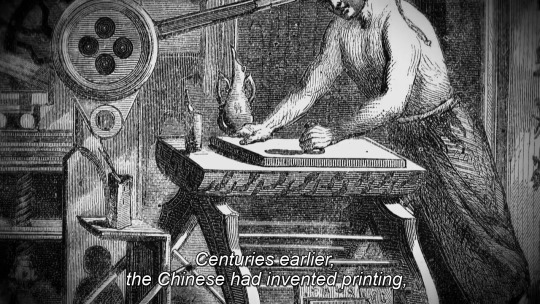
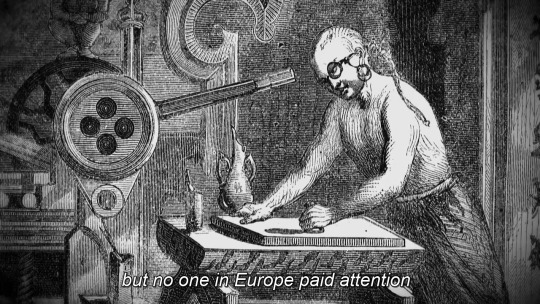
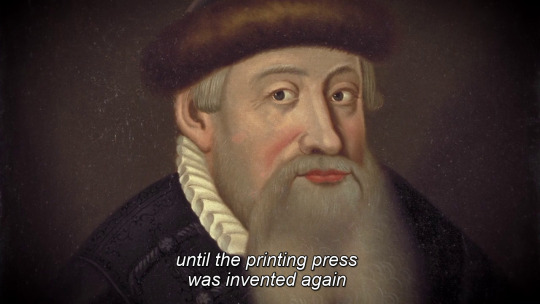
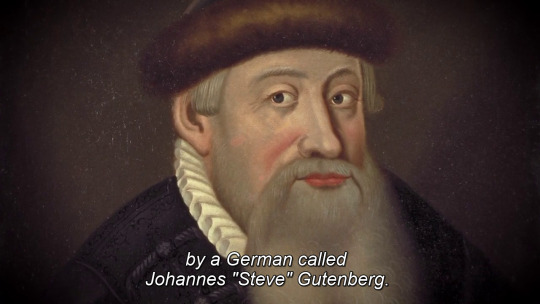
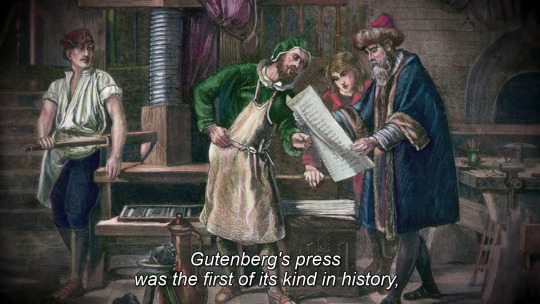
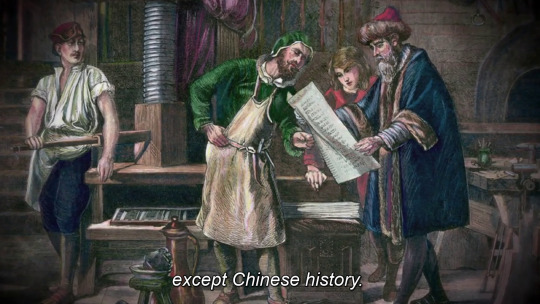
109K notes
·
View notes
Photo

Oh @cartier you tease. Quelle elegance. Another great iteration of the Santos Dumont. Skeletonized, 31 mm, steel and fitted with the caliber 9629 MC. And have a look at the microrotor at “8” in the shape of “Demoiselle”, the lightweight plane designed by the Alberto Santos-Dumont himself. https://www.instagram.com/p/CqZoDfzt4mm/?igshid=NGJjMDIxMWI=
24 notes
·
View notes
Photo

Cartier Santos: A Timeless Aviator's Companion The Cartier Santos is an iconic timepiece designed for aviator Alberto Santos-Dumont in 1904. Its square-shaped case and exposed screws revolutionized watch design.
13 notes
·
View notes
Text
BREVE ESTUDO REFERENTE À AERONÁUTICA
BREVE ESTUDO REFERENTE À AERONÁUTICA
Aeronáutica na humanidade
A: Celiny A. da C. Arguiera
Um breve estudo referente à Aeronáutica
Introdução
A geografia �� amplamente utilizada no cotidiano das pessoas, seja para se situar no espaço, encontrarem um caminho no mapa, hoje com as evoluções da internet esse trabalho é feito com o GPS, dentro das disciplinas de geografia também pode se estudar estatísticas de determinados meios, medição de regiões, entre outros.
A geografia também se encontra dentro das Forças Armadas que trabalham em prol de uma nação, no Brasil o conjunto que rege esse incrível trabalho são basicamente as forças da Marinha, Exercito e Aeronáutica, cada uma com suas especialidades, mas todas com o objetivo de trabalhar pela nação, em especial este trabalho abordará assuntos relacionados à Força Aérea Brasileira.
Breve história da aviação
O desejo da humanidade de voar rumo aos céus não é de hoje, tais desejos vem de muitos séculos atrás, e como um bom aprendiz por meio da observação os seres humanos certamente observavam seres capazes de voar, e ao longo foram surgindo hipóteses de como realizar tal façanha. Leonardo Da Vinci, um grande filosofo, estudioso, artista, engenheiro, um verdadeiro polímata desenhou como um projeto o que hoje viria a dar idéias para a criação do helicóptero por exemplo, claro que envolvendo outros estudos como física, engenharia, química, entre outros, e depois a geografia, para que, assim pudessem se situar no espaço. Mas antes mesmo de surgir essas fascinantes máquinas voadoras surgiram os balões, com estudos de vários cientistas, como Isaac Newton, Daniel Bernoulli, e experimentos dos irmãos Joseph Mechel e Jacques-Étrienne Montgolfier.
Utilidades Aéreas
Em 1937 já foi possível ver os aviões dirigíveis, sendo os primeiros veículos a realizarem bombardeios aéreos durante a Primeira Guerra Mundial, mas o seu primeiro acidente ocorreu no mesmo ano com o dirigível Hildenburg que explodiu ao aterrissar em Lakehurst, Nova Jersey.
Em 1906 o brasileiro Alberto Santos Dumont realizou o primeiro vôo devidamente homologado de uma máquina capaz de alcançar vôo por seus próprios meios, o famoso 14 Bis, uma máquina mais pesada, mas capaz de ser mais leve que o ar.
Foi possível o uso de aviões nas Primeiras e Segundas Guerras Mundiais, muito usados em bombardeios, transportes leves de equipamentos rápidos, missões mais secretas, defesas aéreas (segurança), também usados para transportes de pessoas, médicos, e muito mais. Ao longo dos anos essas máquinas viárias vêm se tornando cada vez mais tecnológicas, tendo um piloto e um co-piloto para pilotar, GPS para se localizarem no espaço, sendo mais automáticos também.
Muitos pensam que a Força Aérea serve apenas para Guerras na defesa de sua pátria, mas tem como funções dependendo das situações de ajudar no controle de incêndios, transportar rapidamente pessoas feridas, resgates, levar mercadorias de sua nação, formar oficiais, ajudar no controle da aviação, e além de tudo manter o poder aéreo de sua nação, no caso do Brasil a espetacular “Dimensão 22”, envolvendo nesses trabalhos desde Cadetes a Marechal do Ar.
Dentro da Força Aérea envolve desde a física, seja na construção de aeronaves, projetos, cálculos matemáticos e de física para levantar o vôo, a biologia e a química seja em desenvolvimentos de “armas” e equipamentos, envolve a geografia pois, para voar também é necessário conhecer o espaço geográfico do país, envolve estudos de mapas para chegar ao destino programados, e reconhecer todo o território para determinados eventos, a tecnologia como um todo para rastrear as aeronaves, e por de trás de tudo isso existe uma história de desenvolvimento, também se usa da linguagem para a comunicação, por exemplo. Também há a atuação de engenheiros,e de toda a equipe de militares dessa força, no caso do Brasil a FAB (Força Aérea Brasileira).
Postos da Força Aérea Brasileira (FAB)
Cadete: “Como um aquecimento é uma designação de militares sendo preparados para o oficialato.” No Brasil existe várias escolas que visam a formação de militares dentre os vários postos dentro da FAB, mas os anos iniciais de quem deseja iniciar sua carreira dentro da instituição tem como base estudos na Escola Preparatória de Cadetes do Ar, situada na cidade de Barbacena, no Estado de Minas Gerais.
Taifeiro Segunda Classe;
Soldado Segunda Classe;
Taifeiro Primeira Classe;
Soldado Primeira Classe;
Taifeiro Mor;
Cabo;
Terceiro Sargento;
Segundo Sargento;
Primeiro Sargento;
Suboficial;
Aspirante;
Segundo Tenente;
Primeiro Tenente;
Capitão;
Major;
Tenente Coronel;
Brigadeiro;
Major Brigadeiro do Ar;
Marechal do Ar.
Conclusão
Pode-se concluir que a Força Aérea Brasileira desempenha um grande papel no desenvolvimento da Dimensão22, e de brasileiros, garantindo defesa ao país, trabalhando em prol da Nação Brasileira, intervindo com vários trabalhos desde sua criação, envolvendo as mais variadas ciências em seu campo, mesmo que secundariamente, porém todas envolvem uma ligação entre si para o desenvolvimento da aviação e suas funções, a FAB também possui vários postos dentro de sua equipe, contendo várias funções e aprendizados.
Bibliografia:
Livro: Barsa: Nova Enciclopédia Barsa
pt.m.wikipededia.org
fab.mil.br
Nota da Autora
Esse trabalho foi feito em maior parte com o meu conhecimento intelectual, e também algumas pesquisas, ressalto que a ideia foi mostrar as disciplinas básicas da Grade Comum Curricular Brasileira dentro da vida cotidiana, sobre tudo em especial tratando da Força Aérea Brasileira (FAB), até porquê é um dos meus sonhos como pessoa ingressar na FAB, levando aprendizados para uma vida toda, bem como a contribuição no desenvolvimento de minha pátria.
2 notes
·
View notes
Note
More of the Taube, because I can’t get over it - here are the first illustrations I came across, which left me thinking “this can’t be an accurate depiction of what the plane actually looked like”:


But it did! It was exactly as birdy as that! In real life!


Looking at the illustrations, I straight up did not believe that the Taube plane really looked like that, but they really were up there dropping bombs from a bird-shaped kite with a propeller attached, damn
the RAF guys really aren't joking when they call it a 'kite' lmao. Early-war aviation is shockingly low-tech, I wish I still had the source on pre-mounted-gun era pilots have no recourse when they saw an enemy aircraft but leaning out the window with a sidearm and taking potshots lmao. Or even dropping a brick!! Caveman shit
#you may live to see man-made horrors that are whimsically beautiful#man-made horrors that float through the air like maple seeds#god the first powered flight was in… 1903?#and ok the first public demonstration of a powered flying machine was 1906 (by Alberto Santos-Dumont)#imagine an invention I first heard about in 2015#is now dropping bombs on me from 1000 ft#wwi#vintage news files
22 notes
·
View notes
Text
10 perguntas para te conhecer melhor!
Cor favorita: Azul 💙
A música do momento: Who's counting, do MGMT
Última música que você ouviu: Amulet, da Melanie Martinez
Última pesquisa do google: "Barbie Raquelle" KKSKSK Queria ter uma ideia se as bonecas da Dreamhouse ainda estavam a venda por aí
A viagem dos seus sonhos: Havaí, Japão e Croácia são o meu top 3
Qualquer coisa que você gostaria de comprar: Uma peruca pra cosplay! Metade do cabelo de uma cor, uma de outra 🤹♀️
Um filme favorito: Coraline e o Mundo Secreto
Uma série que queira assistir: Better Call Saul, que comecei ano passado e simplesmente abandonei do nada...
Um famoso: Alberto Santos Dumont, pai da aviação e aniversariante do dia (150 anos do homi)
Sua obsessão atual: A personagem Harley Quinn, arlequins em geral, circos e toda essa estática ksksksksk. Essa é uma obsessão minha antiga já, que vem e volta de vez em quando 🎪
O @itacoisa me marcou nessa tag que achei bem bacana! Valeu 😊
Vou marcar alguns amigos também: @hadaward04 @andromeda-station @shakespereansonnet @mar0th-blog
6 notes
·
View notes
Text
Alberto Santos Dumont marcó un antes y un después en la historia de la aviación. Su "14-bis" y sus dirigibles demostraron el potencial de volar, transformando el sueño de surcar los cielos en realidad.

0 notes
Text
Today's selected anniversaries: 23rd Octoer 2024
1850:
The inaugural National Women's Rights Convention, presided over by American activist Paulina Wright Davis, began in Worcester, Massachusetts. https://en.wikipedia.org/wiki/National_Women%27s_Rights_Convention
1906:
Alberto Santos-Dumont flew his biplane 14-bis for 50 metres (160 ft) at an altitude of about four metres (13 ft). https://en.wikipedia.org/wiki/Santos-Dumont_14-bis
2001:
Grand Theft Auto III was released, helping to popularize open-world and mature-content video games. https://en.wikipedia.org/wiki/Grand_Theft_Auto_III
2022:
Myanmar civil war: Burmese military forces launched airstrikes that killed at least 80 concertgoers in Kachin State. https://en.wikipedia.org/wiki/Hpakant_massacre
0 notes
Text
Events 10.23 (before 1950)
4004 BC – James Ussher's proposed creation date of the world according to the Bible. 42 BC – Liberators' civil war: Mark Antony and Octavian decisively defeat an army under Brutus in the second part of the Battle of Philippi, with Brutus committing suicide and ending the civil war. 425 – Valentinian III is elevated as Roman emperor at the age of six. 502 – The Synodus Palmaris, called by Gothic king Theoderic, absolves Pope Symmachus of all charges, thus ending the schism of Antipope Laurentius. 1086 – Spanish Reconquista: At the Battle of Sagrajas, the Almoravids defeats the Castilians, but are unable to take advantage of their victory. 1157 – The Battle of Grathe Heath ends the Danish Civil War. 1295 – The first treaty forming the Auld Alliance between Scotland and France against England is signed in Paris. 1641 – Irish Catholic gentry from Ulster attempt to seize control of Dublin Castle, the seat of English rule in Ireland, so as to force concessions. 1642 – The Battle of Edgehill is the first major battle of the English Civil War. 1666 – The most intense tornado on record in English history, an F4 storm on the Fujita scale or T8 on the TORRO scale, strikes the county of Lincolnshire, with winds of more than 213 miles per hour (343 km/h). 1707 – The First Parliament of the Kingdom of Great Britain convenes. 1798 – The forces of Ali Pasha of Janina defeat the French and capture the town of Preveza in the Battle of Nicopolis. 1812 – General Claude François de Malet begins a conspiracy to overthrow Napoleon, claiming that the Emperor died in the Russian campaign. 1850 – The first National Women's Rights Convention begins in Worcester, Massachusetts. 1856 – Second Opium War: Dissatisfied with imperial commissioner Ye Mingchen’s reparations for the alleged slighting of a British-owned vessel and at Consul Harry Parkes’s urging, British Rear-Admiral Michael Seymour launches an assault on the Barrier Forts outside Canton in the first military engagement of the Second Opium War. 1864 – American Civil War: The Battle of Westport is the last significant engagement west of the Mississippi River, ending in a Union victory. 1868 – Meiji Restoration: Having taken the shogunate’s seat of power at Edo and declared it his new capital as Tokyo, Mutsuhito proclaims the start of the new Meiji era. 1906 – Alberto Santos-Dumont flies an airplane in the first heavier-than-air flight in Europe. 1911 – The Italo-Turkish War sees the first use of an airplane in combat when an Italian pilot makes a reconnaissance flight. 1912 – First Balkan War: The Battle of Kumanovo between the Serbian and Ottoman armies begins. 1923 – German October: Due to a miscommunication with the party leadership, a militant section of the Communist Party of Germany launches an insurrection in Hamburg. 1924 – Second Zhili–Fengtian War: Warlord Feng Yuxiang, with the covert support of the Empire of Japan, stages a coup in Beijing against his erstwhile superiors in the Zhili clique, crippling their nearly victorious war effort against the Fengtian clique and forcing them to withdraw from northern China. 1927 – The Imatra Cinema is destroyed in a fire in Tampere, Finland, during showing the 1924 film Wages of Virtue; 21 people die in the fire and almost 30 are injured. 1940 – Adolf Hitler and Francisco Franco meet at Hendaye to discuss the possibility of Spain entering the Second World War. 1941 – The Holocaust: Nazi Germany prohibits Jews from emigrating, including in its occupied territories. 1942 – World War II: Allied forces commence the Second Battle of El Alamein, which proves to be the key turning point in the North African campaign. 1942 – All 12 passengers and crewmen aboard American Airlines Flight 28 are killed when it collides with a U.S. Army Air Force bomber near Palm Springs, California. 1942 – World War II: The Battle for Henderson Field begins on Guadalcanal. 1944 – World War II: The Battle of Leyte Gulf begins.
0 notes
Text
Was Alberto Santos-Dumont the Real Inventor of the Airplane?
youtube

0 notes
Text
1 note
·
View note